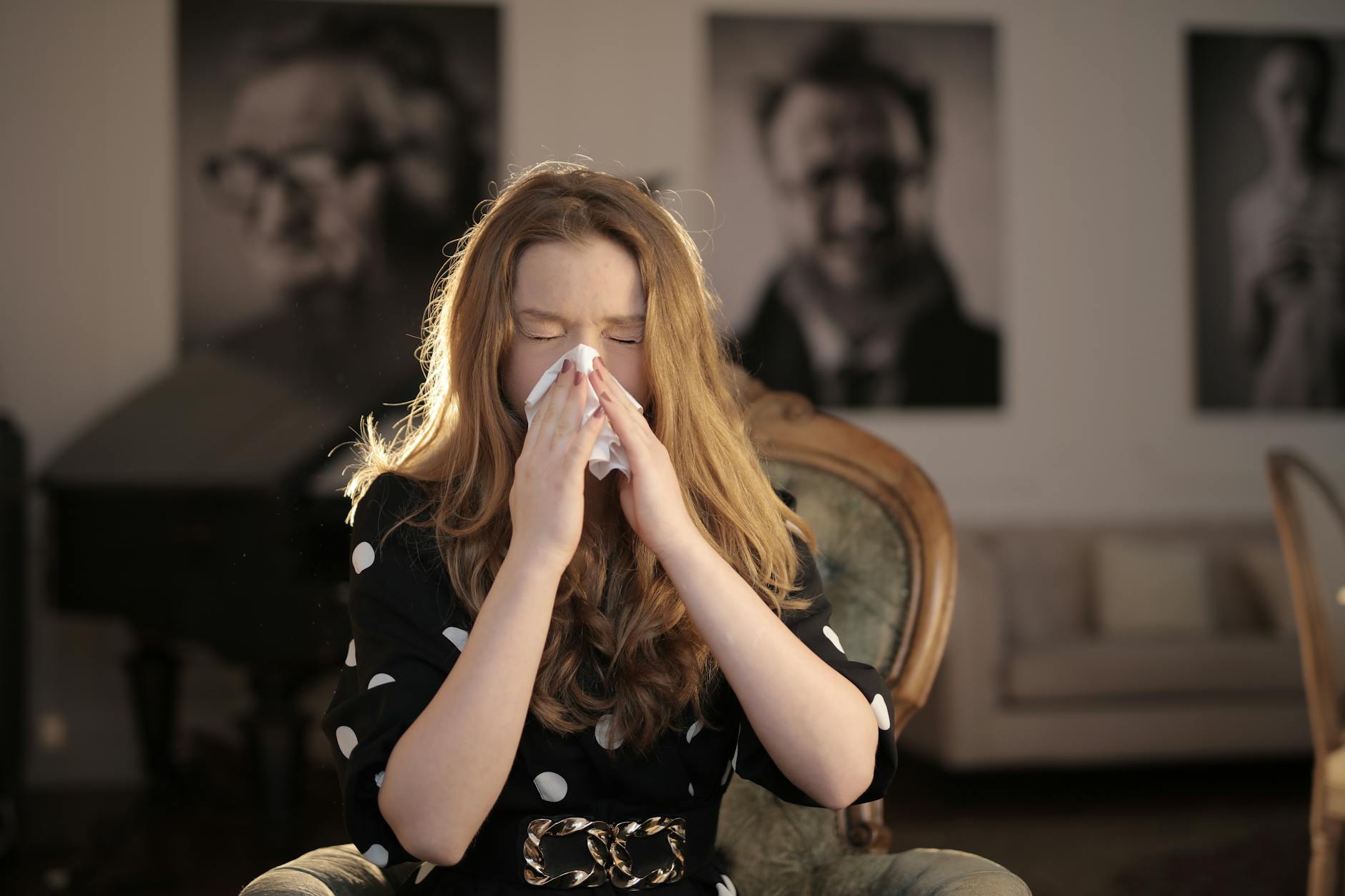Uncover the hidden truths about Lyme Disease in this comprehensive guide – everything you need to know is right here!
Table of Contents
Are you feeling a bit anxious about your health after reading through that list of common conditions? Don’t worry, understanding and managing these health issues is not as daunting as it may seem. Let’s break down each one to give you a better understanding of what to look out for and how to handle them with confidence.
Crohn’s Disease
Crohn’s Disease is a chronic inflammatory bowel disease that can cause abdominal pain, diarrhea, weight loss, and fatigue. While the exact cause is unknown, factors such as genetics and an overactive immune system may play a role. Treatment often includes medication to reduce inflammation and managing symptoms through diet and lifestyle modifications.
Cold Sore
Cold sores are caused by the herpes simplex virus and manifest as painful blisters around the lips or mouth. To prevent cold sores, avoid close contact with infected individuals and practice good hygiene. Treatment involves antiviral medications to shorten the duration and reduce the severity of symptoms.
Lyme Disease
Lyme Disease is transmitted through the bite of infected ticks and can lead to fever, fatigue, and a characteristic rash. Early detection is crucial, as untreated Lyme Disease can cause more severe complications. Treatment typically involves antibiotics to eliminate the bacterial infection.
Bacterial Vaginosis and Yeast Infection
Bacterial vaginosis and yeast infections are common vaginal infections that can cause itching, irritation, and abnormal discharge. Bacterial vaginosis is usually treated with antibiotics, while yeast infections respond well to antifungal medications. Maintaining good hygiene and wearing breathable cotton underwear can help prevent these infections.
Rheumatoid Arthritis
Rheumatoid Arthritis is an autoimmune disorder that causes joint inflammation, stiffness, and swelling. Treatment focuses on managing symptoms and slowing disease progression through medication, physical therapy, and lifestyle changes. Early diagnosis and prompt intervention are essential in preventing irreversible joint damage.
| Breaking Down Lyme Disease: What You Need to Know | |
|---|---|
| Overview | Lyme disease is a bacterial infection primarily transmitted to humans through the bite of infected black-legged ticks. It can lead to various symptoms, including fever, headache, fatigue, and skin rash. |
| Causes | Lyme disease is caused by the bacterium Borrelia burgdorferi. Ticks pick up the bacteria when they feed on infected animals, such as deer or mice, and then transmit it to humans when they bite. |
| Symptoms | Common symptoms of Lyme disease include a circular red rash (often resembling a bullseye), flu-like symptoms, fatigue, joint pain, and neurological problems. If left untreated, it can lead to more serious complications affecting the heart, joints, and nervous system. |
| Treatment | Lyme disease is usually treated with antibiotics. Early diagnosis and treatment are crucial to prevent the disease from progressing to more severe stages. In some cases, patients may require longer courses of antibiotics for persistent symptoms. |
| Prevention | Preventing Lyme disease involves taking measures to avoid tick bites, such as using insect repellent, wearing protective clothing, and checking for ticks after spending time outdoors. It is also recommended to remove ticks promptly if found on the skin. |
Mental Health
Prioritizing mental health is crucial for overall well-being. Depression, anxiety, and other mental health conditions can impact daily life and relationships. Seeking professional help, practicing self-care, and building a support system are vital components of managing mental health effectively.
Parkinson’s Disease
Parkinson’s Disease is a neurodegenerative disorder that affects movement and can cause tremors, stiffness, and balance problems. Treatment options include medications to alleviate symptoms and lifestyle adjustments to improve quality of life. Physical therapy and support groups can also play a significant role in managing Parkinson’s Disease.
Sleep Apnea
Sleep apnea is a sleep disorder characterized by pauses in breathing during sleep, leading to poor sleep quality and daytime fatigue. Continuous positive airway pressure (CPAP) therapy is a common treatment for sleep apnea, along with weight loss, avoiding alcohol and sedatives before bed, and sleeping on your side to help keep the airway open.
By gaining a better understanding of these common health conditions, you can empower yourself to take proactive steps in managing your health. Remember, early detection, proper treatment, and lifestyle modifications can make a significant difference in how you tackle these conditions with confidence.
FAQ
How can I prevent Lyme Disease?
Prevent Lyme Disease by using insect repellent, wearing protective clothing, and checking for ticks after being outdoors. Promptly remove ticks to reduce the risk of infection.
What are the common symptoms of Rheumatoid Arthritis?
Common symptoms of Rheumatoid Arthritis include joint pain, swelling, stiffness, and fatigue. Early diagnosis and treatment are essential to manage the condition effectively.
How can I manage Mental Health effectively?
Manage Mental Health by seeking professional help, practicing self-care, and building a strong support system. Prioritize your well-being and address any mental health concerns promptly.
What are the treatment options for Sleep Apnea?
Treatment options for Sleep Apnea include Continuous Positive Airway Pressure (CPAP) therapy, weight loss, avoiding alcohol before bed, and sleeping on your side to keep the airway open. Consult a healthcare professional for personalized treatment recommendations.





